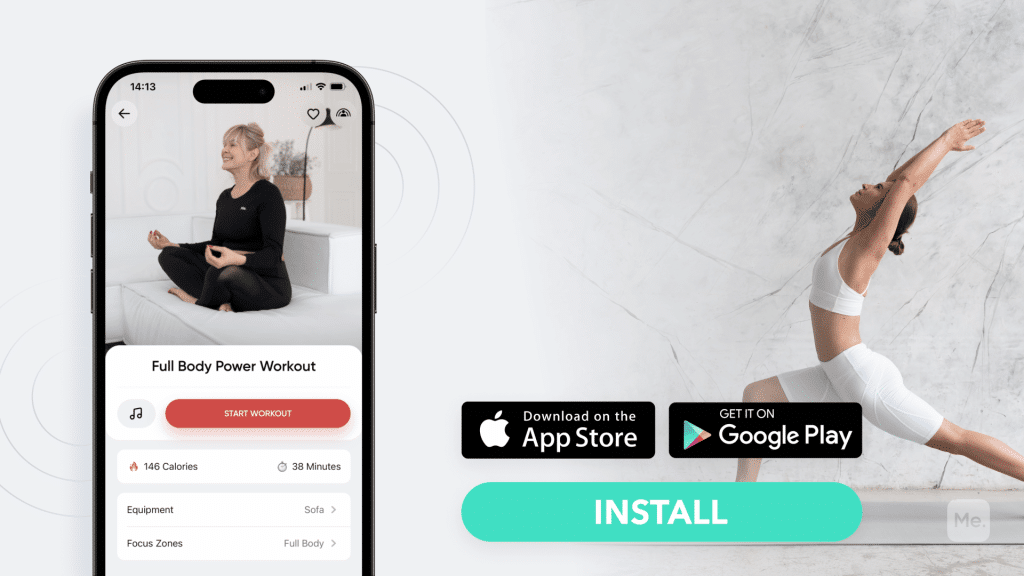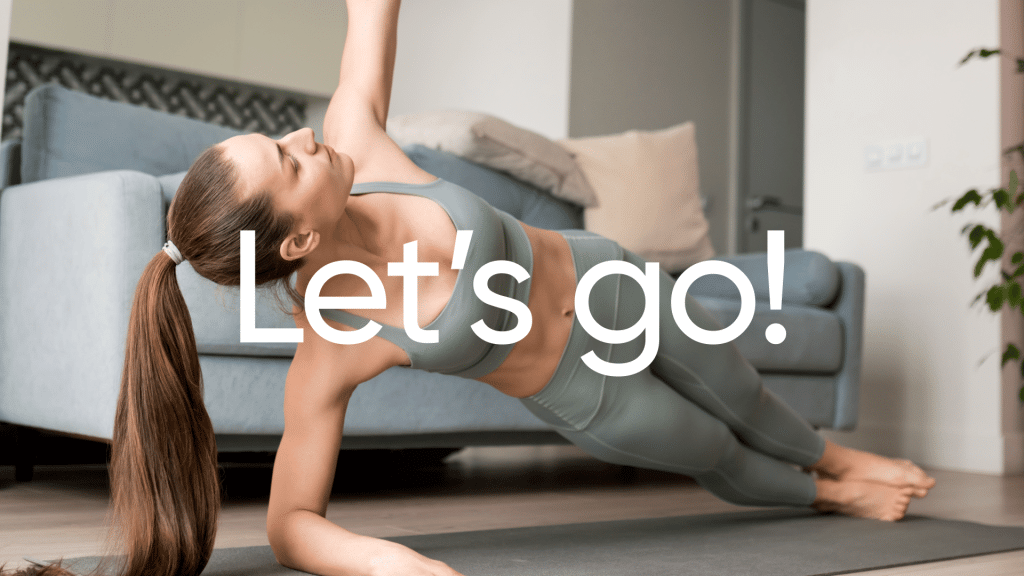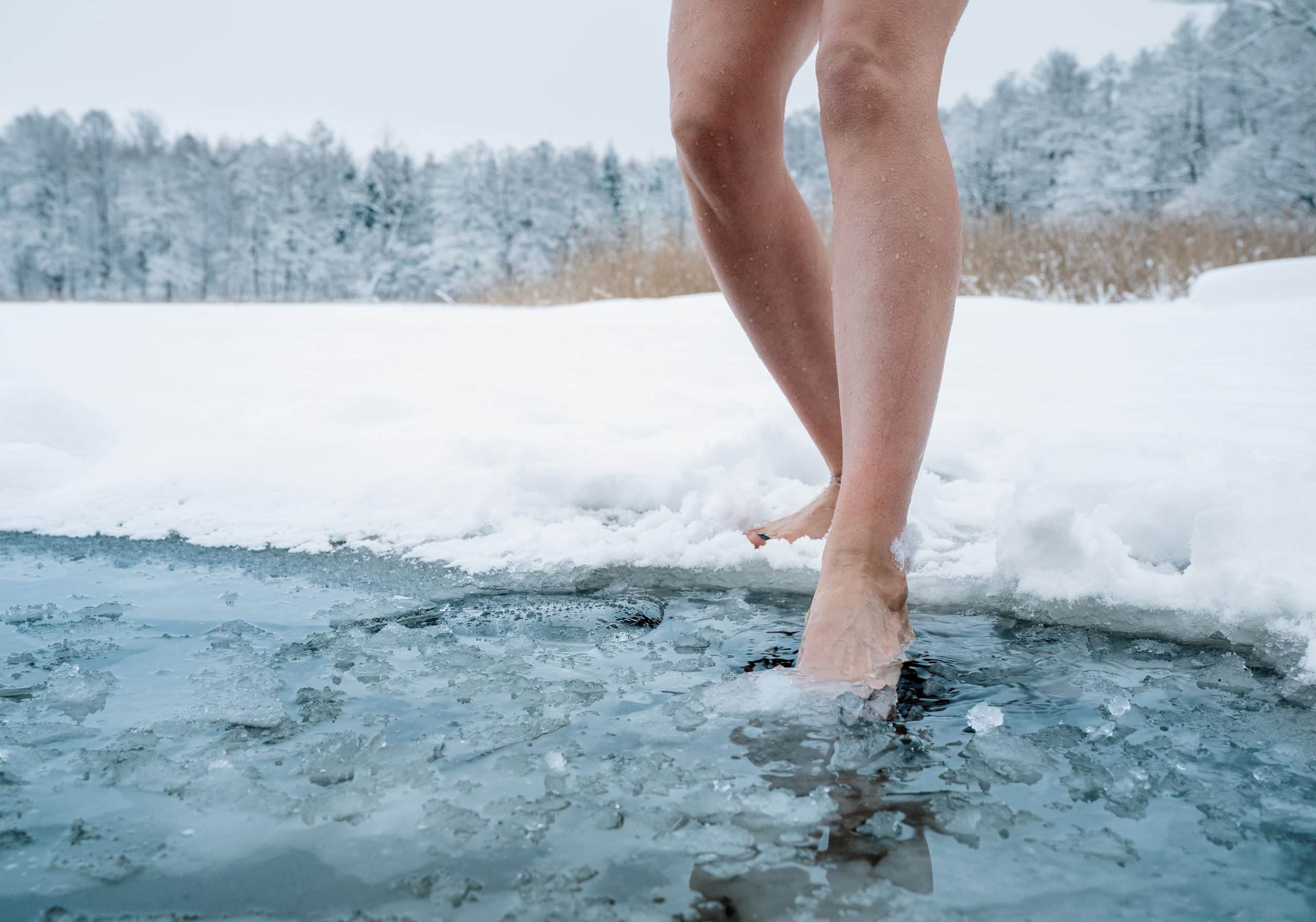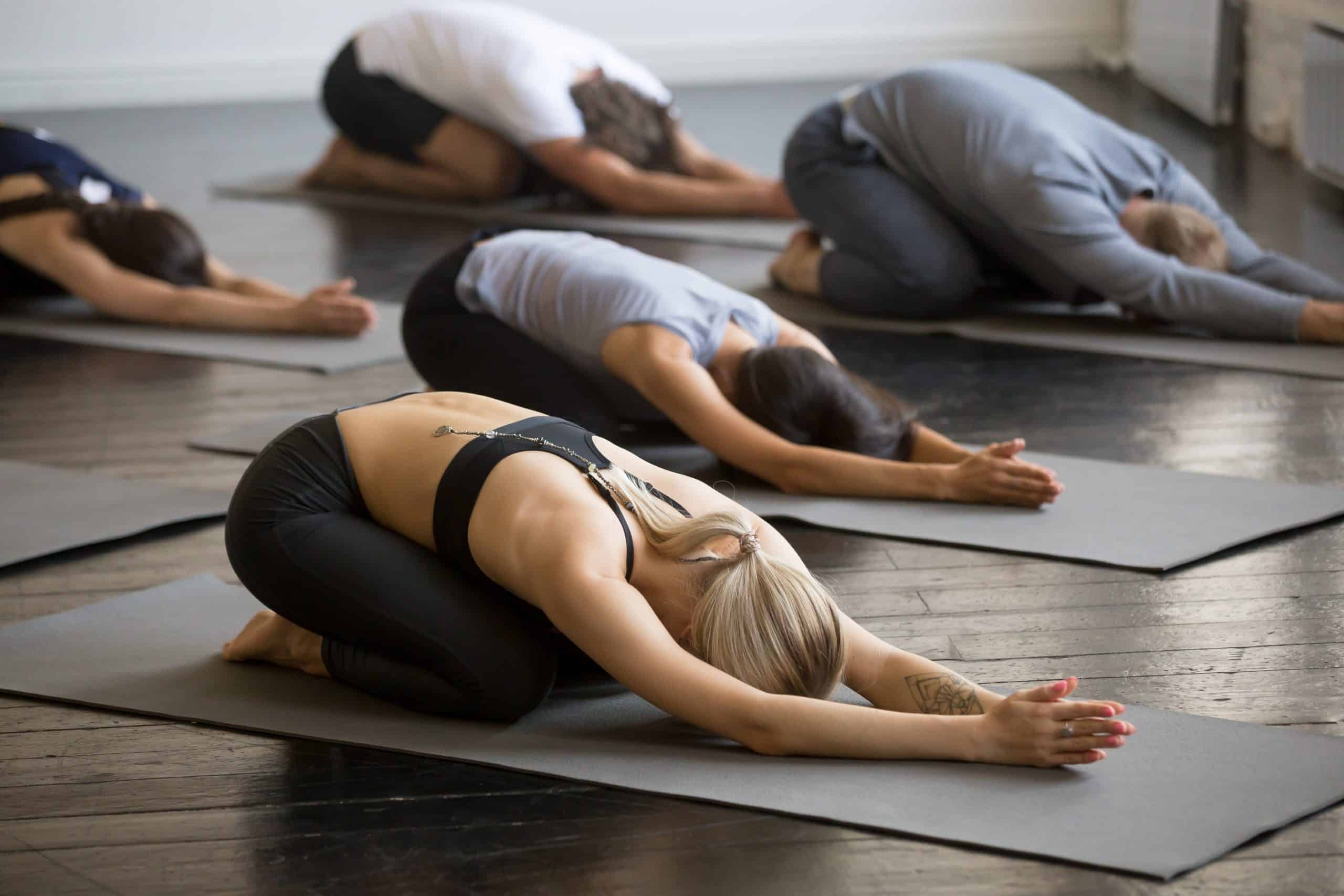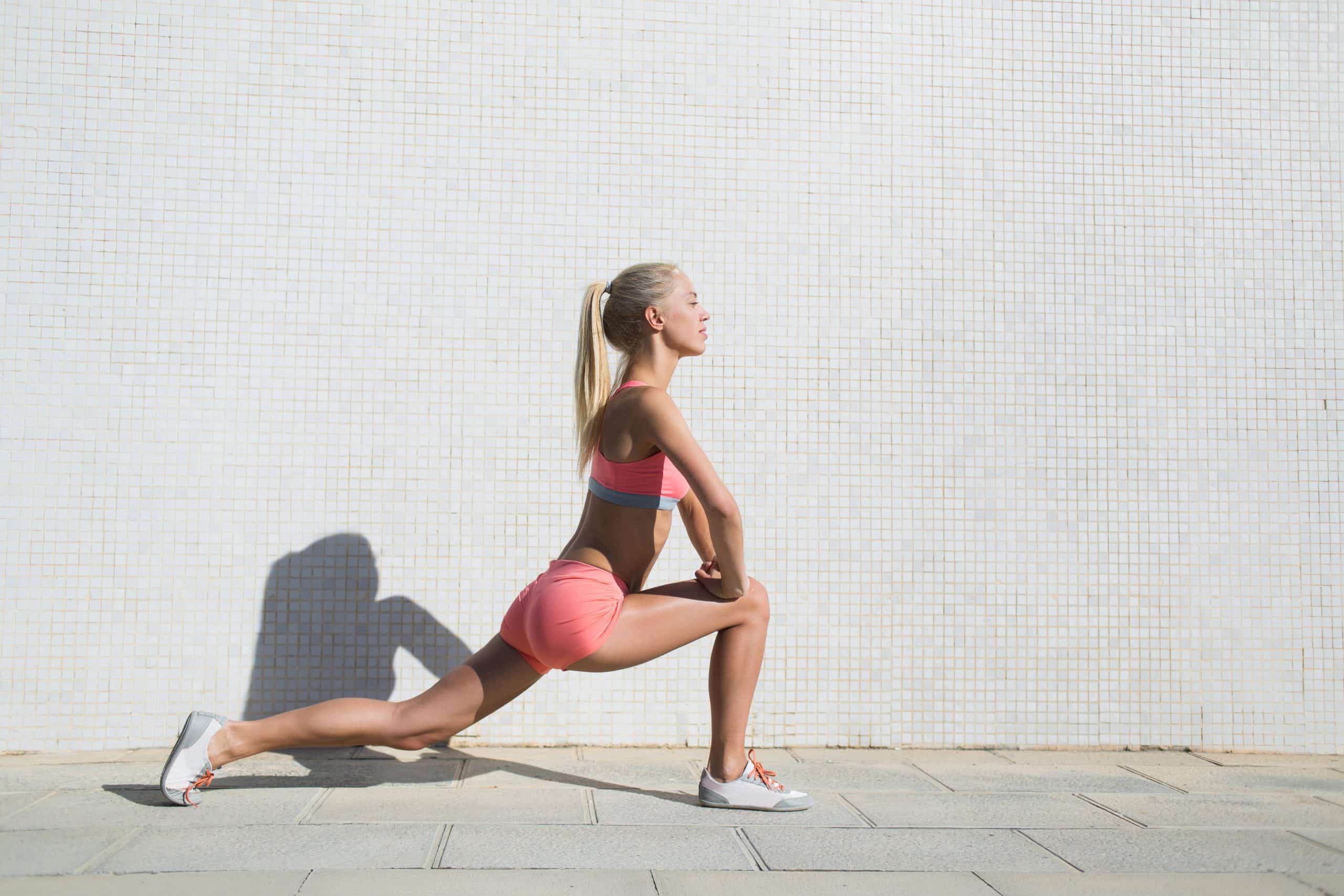We all look forward to a nice, hot shower after a long day or a tough workout. In addition to washing away sweat and dirt, it can be a great stress reliever and even help you relax. But what if your shower could do more? What if it could help you heal? Contrast shower therapy, also known as hydrotherapy or thermotherapy, is a practice that has been used for centuries to help address various medical conditions. It involves alternating between hot and cold water temperatures during your shower, which activates various systems in the body and offers many health benefits. In this article, we’ll explore the science behind contrast shower therapy, its benefits, how to take one safely, and the potential side effects you should be aware of.
What Is A Contrast Shower?
A contrast shower is a therapeutic technique that involves alternating between hot and cold water. It works by stimulating the circulatory system and increasing overall blood flow.
When you alternate between hot and cold water, your circulatory system is forced to rapidly adapt and respond. This has the effect of increasing blood flow throughout the body (11).
The circulatory system isn’t the only one impacted by a contrast shower, as there are other systems activated as well, such as:
- Lymphatic system: The lymphatic system is responsible for carrying away toxins, waste, and other debris from the body. Contrast showers help increase lymphatic flow (5).
- Nervous system: The nervous system is responsible for regulating the body’s temperature. By alternating between hot and cold water, the body’s nervous system is forced to rapidly adjust its temperature regulation.
- Musculoskeletal system: This is a network of muscles, bones, and joints that’s responsible for physical movement. The reaction of hot and cold water in this system contracts and relaxes the muscles and helps relieve fatigue (4).
These systems are all interrelated and their stimulation has further benefits for the body.
Read More: Hot Cold Shower Therapy: Benefits, Risks, And Technique
What Are The Benefits Of A Contrast Shower?
Contrast shower therapy offers many potential health benefits, including:
Improved Circulation
Your body has a “core temperature” at which its systems are most comfortable. This temperature is maintained by your body’s built-in cooling and heating system, which includes an intricate network of blood vessels (7).
When you take a contrast shower, your body’s instantly exposed to two different temperatures (hot and cold). This sudden change causes your arteries, veins, and capillaries to constrict and dilate repeatedly in an effort to reach equilibrium. This reaction helps increase the blood flow throughout your body as well as improve circulation (11).
Your heart also responds to changing temperatures, as it works harder to adjust its pump rate accordingly. Over time, this can lead to improved cardiovascular health, which includes reduced blood pressure.
Better circulation and improved cardiovascular health can help improve overall bodily functions, such as digestion, nutrient absorption, and waste removal.
Immune System Boost
There are many theories as to how contrast shower therapy can help boost your immune system, but the most accepted one is based on its effects on the lymphatic system.
The lymphatic system is a major component of your body’s immune defense, responsible for carrying away and destroying bacteria, viruses, toxins, and other foreign particles (6).
Its effectiveness is dependent on fluid movement, so even minor changes in pressure can cause lymphatic vessels to dilate and constrict; allowing more fluids to flow throughout your body.
As a result, the immune system can better fight off infections and diseases, keeping you healthy and strong.
Another theory suggests that alternating temperatures can help stimulate the production of white blood cells, which are responsible for defending your body against infection (11). These cells called monocytes and leukocytes, help the body identify and get rid of any foreign invaders, such as bacteria and viruses.
Yet another theory, backed up by research on mice, shows that daily exposure to cold water boosts the number and activity of a particular type of white blood cell— natural killer cells and peripheral T-cells (9). These cells have strong anti-tumor and anti-inflammatory properties and are believed to be responsible for fighting off infection.
While more research is needed, the evidence suggests that regular contrast showers can help improve your immune system.
Reduced Delayed Onset Muscle Soreness (DOMS)
If you’ve ever experienced muscle soreness after a workout, then you know how uncomfortable it can be. This type of pain, known as Delayed Onset Muscle Soreness (DOMS) usually occurs between a day or two after strenuous exercise. It’s caused by tiny tears in the muscle fibers, which are necessary for muscle growth but can also be extremely painful.
Contrast shower therapy has been shown to reduce DOMS, potentially by increasing blood flow and flushing out lactic acid build-up in the muscles (3). Cold water also helps to constrict blood vessels, reducing swelling and inflammation (12).
Potential Weight Loss
Contrast shower therapy has been linked to weight loss, although the research is still in its early stages. It’s believed that regular contrast showers can stimulate the body’s metabolism, helping it to burn more calories.
Cold water exposure, in particular, is thought to cause a process called “non-shivering thermogenesis”. During this process, the body uses stored fat to produce heat and generate energy when it’s exposed to cold temperatures (2).
Additionally, cold exposure recruits brown fat cells, which are known for their role in energy metabolism (14). Through “shivering thermogenesis” and the recruitment of brown fat cells, your body is able to produce more heat and burn more calories.
Another avenue of research suggests that alternating temperatures can increase hormones like adrenaline and noradrenaline (1). These hormones are responsible for mobilizing stored fat and helping you burn calories, even when you’re not doing anything (15).
Finally, the improved circulation associated with contrast showers can help speed up your digestion and metabolism, allowing you to digest and absorb nutrients more efficiently and burn fat more quickly.
Granted, weight loss is complicated and requires a comprehensive approach, but regular contrast showers may be able to give you an added boost.
Reasons why BetterMe is a safe bet: a wide range of calorie-blasting workouts, finger-licking recipes, 24/7 support, challenges that’ll keep you on your best game, and that just scratches the surface! Start using our app and watch the magic happen.
Reduced Depression Symptoms
The brain produces its own opiates, known as endorphins, when we expose ourselves to cold temperatures (13).
Endorphins stimulate the brain’s reward system and produce a feeling of well-being, essentially acting as nature’s own form of antidepressant (10). Cold showers also increase the release of norepinephrine, which can increase alertness, focus, and energy levels (8).
Better circulation, which we’ve determined to be one of the benefits of contrast shower therapy, may also contribute to improved mood and mental well-being. Improved circulation helps deliver more fresh oxygen and vital nutrients to the brain, helping it function optimally.
As such, regular contrast showers may help to reduce symptoms of depression, especially when combined with other treatments like therapy and medication.
How To Take A Contrast Shower?
Here’s how to take a contrast shower:
- Start with a warm shower (at a temperature you’d normally take a shower). Lather up, scrub, and rinse. This should take around 3-5 minutes.
- Turn the water to cold— as cold as you can handle. Stay in the shower for 30 seconds to 1 minute. Don’t worry if you can’t handle the full minute. You’ll work your way up over time.
- Turn the water to hot— as hot as you can handle. Stay in the shower for 45 seconds to 1 minute. Don’t worry if you can’t handle the full minute. It’s okay to exit sooner if you need to, you’ll work your way up over time.
- Repeat the pattern of hot and cold showering for a total of 5 minutes. The hot cycles should last longer than the cold, but you should finish off with a cold shower.
When To Take A Contrast Shower?
There’s no clear consensus on when to take a contrast shower. Ultimately, it depends on your individual goals and preferences. With that being said, many people find that the best time to take a contrast shower is first thing in the morning, as it can provide an energizing and invigorating start to the day.
It may also be beneficial to take a contrast shower after a workout, to help reduce delayed-onset muscle soreness (DOMS).
Are There Any Contrast Shower Side Effects?
Contrast showers are generally safe and well-tolerated by most people. The only potential side effect would be damage to the skin, especially if the contrast shower is too extreme or if you have sensitive skin.
It’s best to start with a mild contrast and gradually increase the intensity over time. Also, be sure to moisturize your skin after a contrast shower to help keep it hydrated and healthy.
Before taking a contrast shower, it’s important to consider any contraindications. These are conditions that make it unsafe or ill-advised to take a contrast shower.
Contraindications include:
- Open wounds – including cuts, scrapes, and bruises
- High blood pressure
- Heart problems or other circulatory issues
- Pregnancy
- Deep vein thrombosis or varicose veins
If you have any of these conditions, it’s important to talk to your doctor before trying a contrast shower.
Read More: Is Hot Water Bad For Your Hair?
The Bottom Line
Contrast shower is a simple and effective tool to improve your health. It can help with improved circulation, muscle recovery, weight loss, and even depression. Start with a mild contrast and work your way up over time. Also, always remember to moisturize afterward. Be sure to talk to your doctor if you have any known contraindications.
DISCLAIMER:
This article is intended for general informational purposes only and does not serve to address individual circumstances. It is not a substitute for professional advice or help and should not be relied on for making any kind of decision-making. Any action taken as a direct or indirect result of the information in this article is entirely at your own risk and is your sole responsibility.
BetterMe, its content staff, and its medical advisors accept no responsibility for inaccuracies, errors, misstatements, inconsistencies, or omissions and specifically disclaim any liability, loss or risk, personal, professional or otherwise, which may be incurred as a consequence, directly or indirectly, of the use and/or application of any content.
You should always seek the advice of your physician or other qualified health provider with any questions you may have regarding a medical condition or your specific situation. Never disregard professional medical advice or delay seeking it because of BetterMe content. If you suspect or think you may have a medical emergency, call your doctor.
SOURCES:
- Cold exposure and hormonal secretion: A review (2002, tandfonline.com)
- Cold-induced thermogenesis in humans (2016, nature.com)
- Contrast Water Therapy and Exercise Induced Muscle Damage: A Systematic Review and Meta-Analysis (2013, journals.plos.org)
- Effects of Cold Water Immersion and Contrast Water Therapy for Recovery From Team Sport: A Systematic Review and Meta-analysis (2017, journals.lww.com)
- Is there a role for contrast hydrotherapy? (20researchgate.net)
- Physiology, Lymphatic System (2022, ncbi.nlm.nih.gov)
- Physiology, Temperature Regulation (2022, ncbi.nlm.nih.gov)
- Plasma norepinephrine responses of man in cold water (19777, journals.physiology.org)
- Possible stimulation of anti-tumor immunity using repeated cold stress: a hypothesis | Infectious Agents and Cancer (2007, biomedcentral.com)
- Roles of β-Endorphin in Stress, Behavior, Neuroinflammation, and Brain Energy Metabolism (2020, mdpi.com)
- Scientific Evidence-Based Effects of Hydrotherapy on Various Systems of the Body (2014, ncbi.nlm.nih.gov)
- The effects of cold water immersion and active recovery on inflammation and cell stress responses in human skeletal muscle after resistance exercise (2016, ncbi.nlm.nih.gov)
- The hidden side of drug action: Brain temperature changes induced by neuroactive drugs (2012, ncbi.nlm.nih.gov)
- Two key temporally distinguishable molecular and cellular components of white adipose tissue browning during cold acclimation (2015, physoc.onlinelibrary.wiley.com)
- β-Adrenoceptor Signaling Networks in Adipocytes for Recruiting Stored Fat and Energy Expenditure (2012, frontiersin.org)



